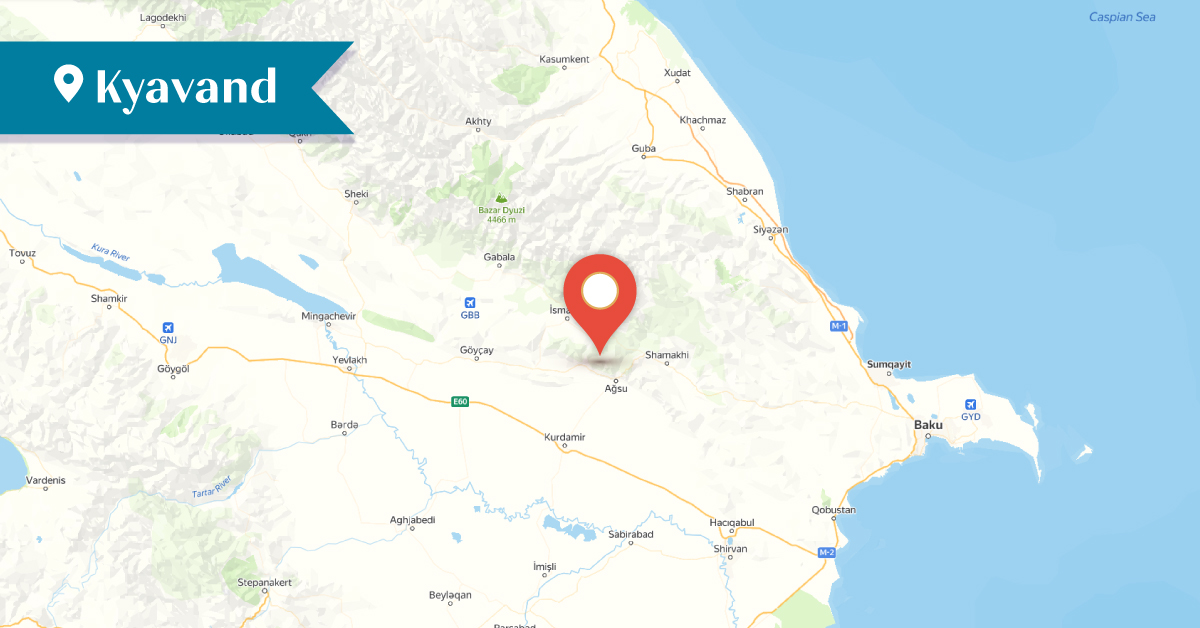2025
2025
2025-03-31

The Armenian-populated village of Kyavand in the Ismayilli district was located approximately 17.6 km southeast of the district center. It is also mentioned under the variants Kavand, Keyvend, and Kavanti.
In 1861, the village had 101 Armenian households, and by 1890, it had 84 households with a population of 566. In 1914, Kyavand was entirely Armenian-populated, with 676 residents. The village suffered greatly during the 1918 attacks by Turkish forces and local Tatars.
After the establishment of Soviet rule, the surviving residents of Kyavand returned and resettled in their native village. By 1924, Kyavand had 60 households with 168 Armenian inhabitants. Until the 1950s, the village had an Armenian elementary school.
Since the 1950s, Azerbaijanis began settling in the village. Kyavand was gradually depopulated of its Armenian inhabitants from 1986, but until the forced deportations of 1988, six Armenian households still remained.
During monument specialist Samvel Karapetyan’s visit in 1986, the Surb Gevorg Church was still preserved in Kyavand. A construction inscription was carved on the lintel stone of its southern entrance:
The Surb Gevorg Church was built
by the common people of Kyavand village, 1846.
Around 150 inscribed tombstones from the 18th–19th centuries and the early 20th century were preserved in the village cemetery. Burials continued there until the village was completely depopulated of its Armenian inhabitants. S. Karapetyan published the inscription from one of the old 18th-century tombstones in the cemetery:
This is the tombstone of Sedrak Movsisyants from Kichan.
It is likely that this refers to the village of Kichan in the Martakert region of Artsakh.
The village is now called Keyvendi (Azerbaijani: Keyvəndi) and is inhabited by Azerbaijanis.
Bibliography
Barkhutaryants M., Land of Aghvank and its Neighbors: Artsakh, Yerevan, 1999.
Karapetyan S., The Armenian Lapidary Inscriptions of Aghvank Proper, Yerevan, 1997.
Karapetyan, S., Aghvank Proper, Part 1, Yerevan, 2024, pp. 207-211.